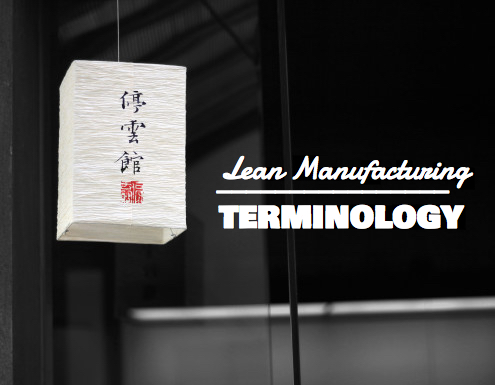“The only way to become and stay lean is to produce lean managers. Every isolated effort will recede—or fail—unless companies learn to use the lean process as a way of developing individual problem-solvers with the ownership, initiative, and know-how to solve problems, learn, and ultimately coach new individuals in this discipline.”
~ Jim Womack
Lean In Management
Lean in management is the key to sustaining a lean implementation. Often we hear references to deploying lean or implementing it. We use the lean tools to continuously improve processes. This gives the impression that lean is an activity. It is something we do. By this definition, it has a start and an end point. We run a week-long improvement workshop but then we move on.
This is all well and good. It is often possible to make improvements to a process by standardising or removing waste. However, the frustrating reality that faces many lean practitioners is that these isolated improvements revert back to type once the focus is removed. Once the kaizen team moves to another area, quite often the progress made can slip away.
The problem is sustaining the gains. Making the new improved process robust enough that it doesn’t revert back to poor levels of performance. How many times have you heard that sustain is the hardest stage in 5S?
Well the problem here is not with the lean manufacturing tools or processes. It is with management. The way to get around this is to embed lean in management. Lean should become a way of thinking. A culture. A set of beliefs. It should become the way we do things. Instead of chasing discrete activities, management should focus on developing people in the ways of lean thinking. This is a step away from the traditional command and control style of management. It is more like a student-teacher relationship. Management should focus on asking the right questions about the process to help their people think more clearly. To describe the problem succinctly and to think of ways to solve the problem.
By developing the people to become critical lean thinkers and problem solvers, the organisation develops a pool of talent that can approach problems, understand the root cause, fix them efficiently and permanently, and continue to grow the business.
The Lean Manager

Both books are written as novels so they are enjoyable to read. You follow along with the characters as they undergo their own lean transformations. In the Gold Mine the focus is more on implementing a lean transformation. In the Lean Manager, the focus is more on sustaining lean improvements.
Photo Credit: Richard Rutter

 “The only way to become and stay lean is to produce lean managers. Every isolated effort will recede—or fail—unless companies learn to use the lean process as a way of developing individual problem-solvers with the ownership, initiative, and know-how to solve problems, learn, and ultimately coach new individuals in this discipline.”
“The only way to become and stay lean is to produce lean managers. Every isolated effort will recede—or fail—unless companies learn to use the lean process as a way of developing individual problem-solvers with the ownership, initiative, and know-how to solve problems, learn, and ultimately coach new individuals in this discipline.”







